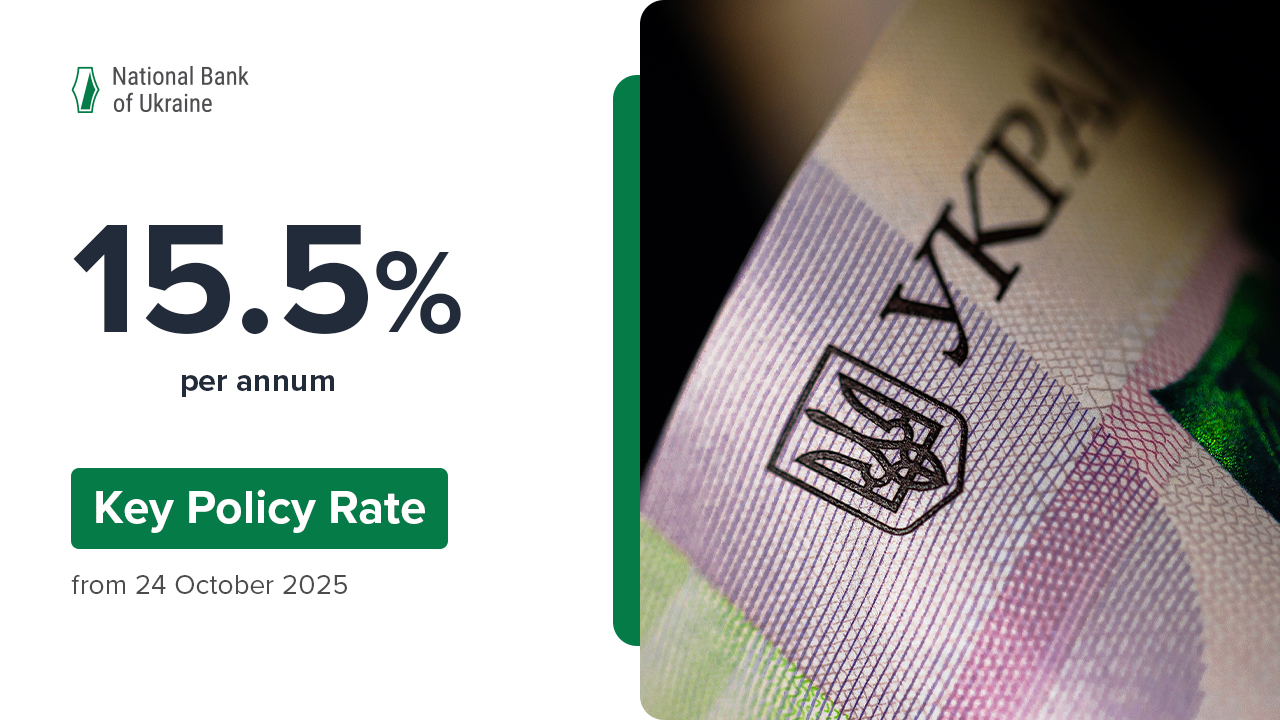In 2020, real GDP decreased by 4% yoy after growing by 3.2% in 2019. In Q4, Ukraine’s economy shrank at a slower pace, by 0.5% yoy, according to detailed GDP data from the State Statistics Service of Ukraine for Q4 and the whole of 2020.
The actual fall in GDP was almost in line with the NBU’s estimate (4.4%) published in the January 2021 Inflation Report. The slightly smaller decline in Q4 than expected by the regulator was due to improvements in December 2020 in a number of sectors, such as construction, industry, trade, etc.
The main factors behind the fall in GDP in 2020 were the quarantine restrictions imposed in Ukraine and the world in response to the spread of COVID-19, as well as the weakening of domestic demand, especially investment demand, due to pandemic-induced uncertainty.
At the same time, the Ukrainian economy proved to be more resilient to the current crisis than the previous crisis episodes. The coronavirus crisis was not accompanied by rapid depreciation or inflation, and the drop in real GDP was not as significant as expected at the start of the crisis. The economy dipped the most in Q2 (by 11.2%), hit hard by the tough quarantine measures. In H2, however, the economy began to recover fairly quickly and, in Q4 2020, almost returned to its pre-crisis levels.
The key driver of the fall in GDP last year was the reduction in investment.
Throughout the year, gross fixed capital formation declined significantly (by 24.4% yoy) across nearly all sectors. The fall in investment was fueled by deteriorating business expectations due to the prevalence of disease and uncertainty about how it would spread going forward, as well as unresolved issues in alternative energy. Significant growth in capital investment was seen only in postal and courier activities as delivery services and online trade boomed.
Household consumption increased by 1.6% yoy for the year despite a sharp decline in Q2.
The recovery in consumer demand in H2 2020 was facilitated by the easing of quarantine restrictions, the resumption of income growth, including through the government’s COVID-19 relief programs, and a shift to domestic tourism. At the same time, public sector consumption declined for most of 2020 (down 3% for the year). At the end of the year, though, it supported the economy, as the government caught up on the backlog of expenditures,
The contribution of net exports to the change in GDP in late 2020 remained positive (2.4 pp).
On the one hand, exports of goods and services decreased by 5.6% due to lower crop yields in 2020 and tighter competition in some external markets, including that for iron ore. The drop in exports was restrained by 2019’s bumper harvest, which went for export in H1 2020, sustained global demand for food, and the rapid recovery in China’s economy.
On the other hand, the fall in imports was deeper (9.6%). This was due to weak consumer demand in H1, as well as declining investment demand and restrictions on international travel during the year.
By economic activity, most sectors performed worse in 2020. Rather strict anti-COVID-19 measures affected the performance of a large portion of the services sector during the year. Specifically, the gross value added in arts, sports, entertainment and recreation, temporary accommodation and catering, transport, education, etc. declined. The weakening of external demand and investment eroded performance in industry and related sectors. Agriculture also made a significant negative contribution to GDP due to lower crop yields.
At the same time, the recovery in household consumption in H2 underpinned trade. Performance in the IT sector improved, driven by growing opportunities for remote work and study, stronger demand for streaming services, and the overall spread of online services. The stable operation of the banking system and the growth in demand for insurance services drove the increase in gross value added in finance and insurance.
The fall in GDP was also mitigated by government support for the economy. Increased budget spending on road infrastructure, medicine, and defense boosted performance in a number of sectors, such as construction, public administration, defense, and healthcare.
In early 2021, economic recovery will be weighed down by the further spread of COVID-19 and the tightening of quarantine restrictions in both Ukraine and the world. Another negative contribution will come from adverse weather in January and February.
These and other factors will be taken into account by the NBU as it updates its macroeconomic forecast. This forecast will be announced during the regular press briefing on monetary policy issues on 15 April 2021, and published in the Inflation Report on 22 April 2021.








